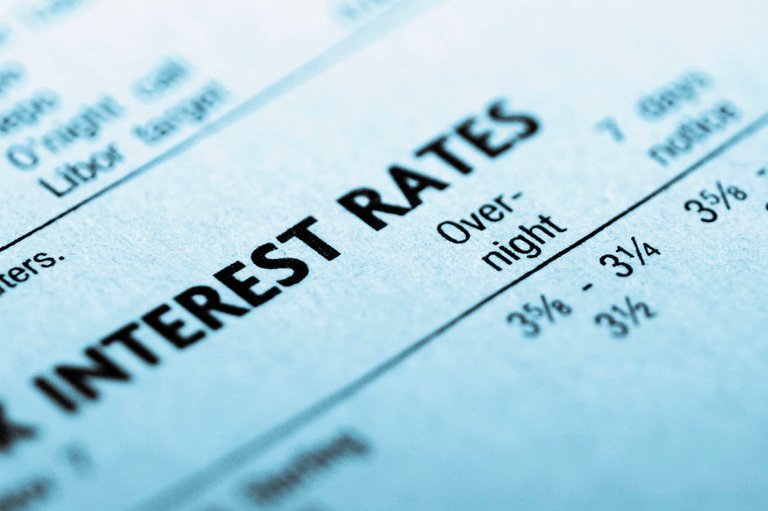
(The Archive: Article)
"Interest rates vary inversely with the price of bonds."
You may have heard that in your life. Do you understand it? If you don't read this short post to get the relationship as I explain it.
It took me a long time to understand that relationship. First I have never traded bonds but also I would add that the explanations that I was given were always incorrect. Or I just wasn't paying attention! Well, the way I will explain it to you, dear reader, is by adding a single word: "EXISTING". Let's take another look:
"Interest rates vary inversely with the price of EXISTING bonds"
There! Now we can examine the statement. First, understand that when the bond is issued, it has a maturity (duration) and a rate attached to it. That rate is part of the bond and won't change until you reach maturity.
When interest rates change (as a result of central bank or market forces), then the price of bonds that have been issued in the past will see their value get modified proportionately, but inversely. So let's look at both cases just to make sure you understand the statement and the mechanics behind it:
▲ Rates go Up
Holders of existing bonds don't like this. Because newer bonds are being issued in the market with the higher interest rate. So the bond that they have in hand loses some of its value. People are more attracted the newer issuance because it has a higher yield.
▼ Rates Go Down
Holders of existing bonds love this. Because newer bonds are being issued in the market with a lower interest rate. So the bond that they have in hand gains in value. People are less attracted the newer issuance because it has a lower yield.
Thanks for reading!
Cover image: GettyImages: https://www.investopedia.com/terms/i/interestrate.asp
Posted Using LeoFinance Beta